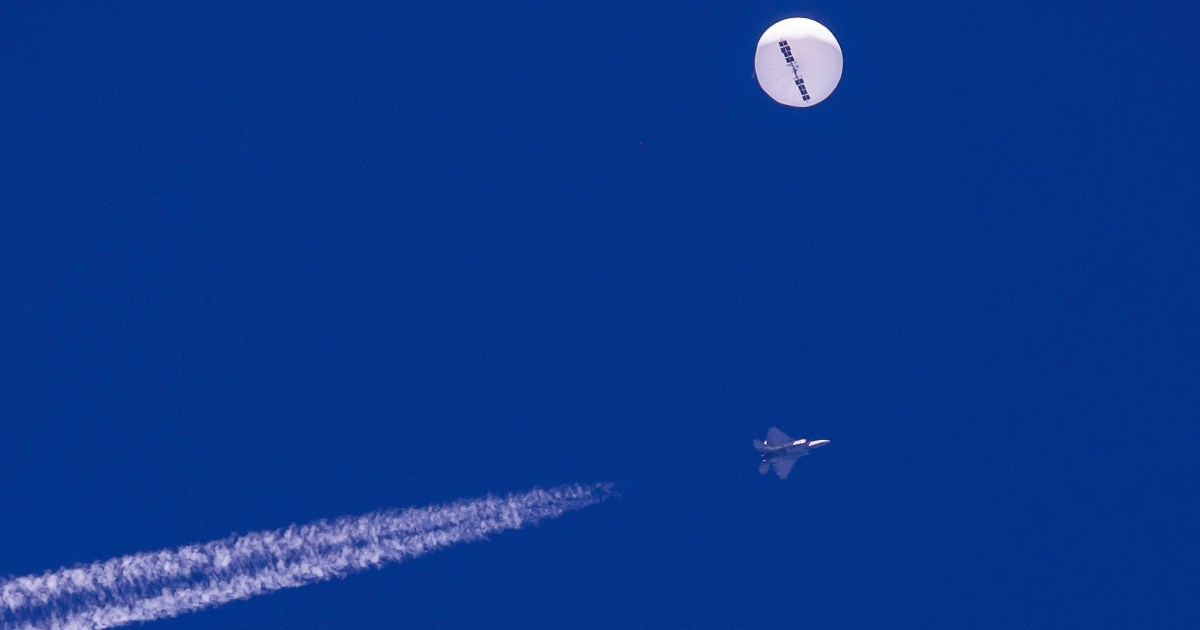Pentagon officials said last week they did not want to bring down the balloon over the continental United States for fear that debris could cause injury or death to civilians and damage property. The balloon had been flying at about 60,000 feet, about 12 miles.
VanHerck said another concern was that the balloon might have carried explosives «to detonate and destroy it.»
Military divers were in the water with robotic underwater equipment picking up debris Monday after weather conditions prevented diving Sunday.
As of Monday afternoon, the debris field off the South Carolina coast was about 1,500 square meters, or about 15 football fields by 15 football fields, the general said.
«We’re still in the recovery of this device, and we’re still trying to get more intelligence on it,» White House National Security Council spokesman John Kirby told reporters.
VanHerck said the military took «maximum protective measures» to «prevent any intelligence gathering» as the balloon flew across the United States.
“We did not assess that this balloon posed a significant collection risk beyond what already exists in the actionable technical means of the Chinese,” he said, and officials believe they learned more by monitoring the balloon itself.
«It gave us an opportunity to assess what they were actually doing, what kind of capabilities were out there on the globe (and) what kind of transmission capabilities were out there,» VanHerck said. «We were able to get meaningful analysis throughout this process.»
The Chinese Foreign Ministry acknowledged that the balloon came from China, but stated in its website that «it is a civil airship used for research purposes, mainly meteorological» and that it had «deviated greatly from its intended course» due to strong winds and lack of steering capacity.
Pentagon officials dismissed those claims as hot air; they maintain that the balloon was clearly intended for surveillance. “He has the ability to maneuver,” said Pentagon press secretary Brig. General Pat Ryder told reporters last week.

